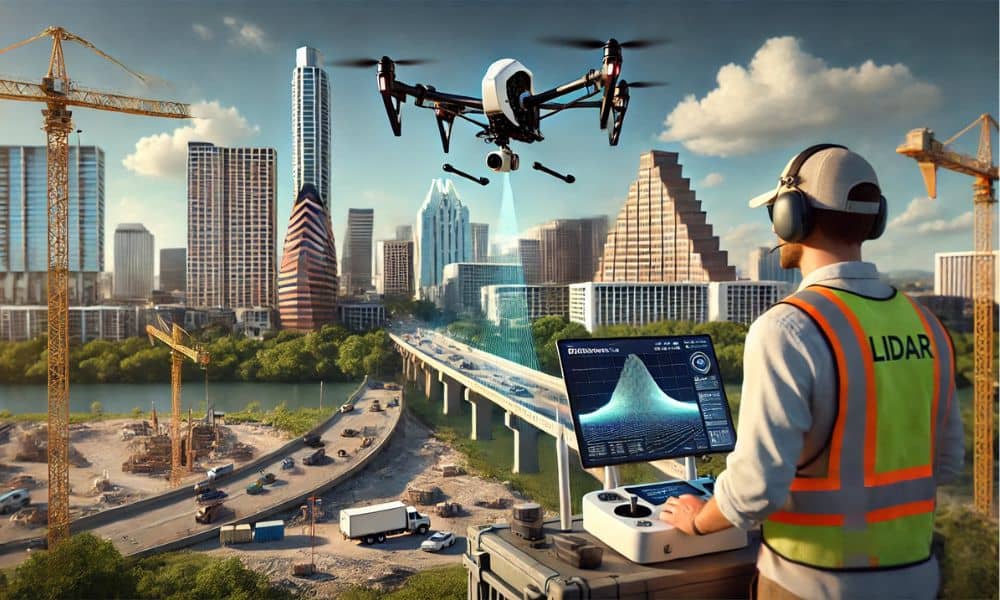
If you’re planning a construction, land development, or engineering project in Austin, LiDAR mapping is one of the smartest tools you can use. It helps you see the land clearly—literally—by creating high-resolution 3D maps that show every rise, dip, and detail.
But not all LiDAR services are the same. Choosing the right provider can make the difference between a smooth project and a costly mistake. So how do you find the right fit? Ask these 7 questions before hiring a LiDAR mapping company in Austin.
1. What Type of Equipment and Technology Do You Use?
Start with the basics. A good LiDAR provider should use modern, high-resolution sensors and be able to explain the difference between airborne and drone-based systems. Newer tools can capture data more accurately and quickly, saving you time and reducing errors.
2. Do You Have Experience in Austin or Central Texas?
Local experience matters. Austin has unique terrain, flood zones, and permitting rules. A provider who understands the region will know what data is most important for your project and how to meet local standards.
For example, someone who only offers LiDAR mapping in Minneapolis MN might not be familiar with Central Texas floodplain requirements. Always check for regional experience.
3. Can You Show Me Sample Reports or Datasets?
A reliable company should be able to provide samples of past work. This helps you see the quality and detail of their mapping results. You want clean, easy-to-use data in the format you need—whether it’s contour lines, elevation models, or raw point clouds.
4. What Kinds of Clients or Projects Have You Worked On?
Look for companies that have worked with projects similar to yours. Whether it’s civil engineering, road planning, or large-scale land development, the more relevant experience they have, the better they’ll understand your needs.
5. How Do You Process and Deliver the Data?
Some providers do everything in-house—from flying drones to processing the data. Others may outsource. Ask about their workflow, turnaround time, and what formats they deliver. Quick results are great, but accuracy should never be rushed.
6. Are You Licensed, Insured, and Certified?
Make sure they carry proper insurance and any required licenses. If they’re using drones, FAA Part 107 certification is a must. Depending on the scope of your project, it might also be smart to work with a licensed surveyor.
7. What’s Your Pricing and Timeline?
Every project is different, so pricing should be transparent and clear. Ask whether they charge per acre, by the hour, or use flat fees. Also, confirm the delivery timeline—and make sure it matches your project schedule.
Watch Out for Red Flags
If a provider avoids your questions, uses outdated equipment, or can’t explain how they handle data—move on. A good company should welcome questions and have clear answers.
Final Thoughts
Choosing the right LiDAR mapping company in Austin isn’t just about price. It’s about getting high-quality, accurate data that keeps your project on track and helps you make smart decisions. Take the time to ask these questions, and you’ll be better prepared to hire a team you can trust.
Whether you’re planning a new development, assessing flood risk, or designing infrastructure, LiDAR mapping can give you a clear picture—before you ever break ground.